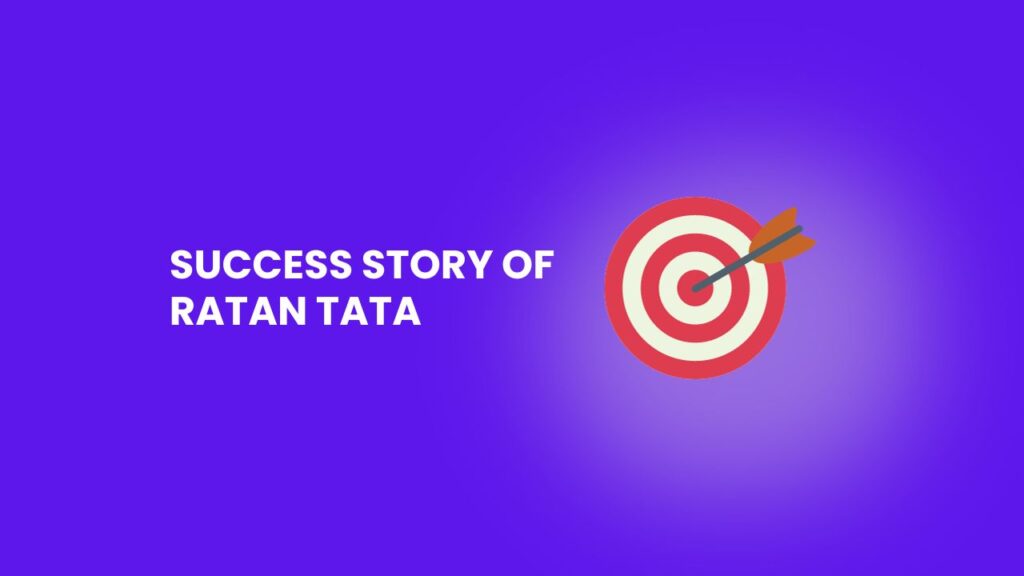We all have twenty-four hours in a day, so why is it that some people are wealthy and prosperous while others are not? How do they manage time so effectively?
This is all because wealthy people know the importance of time. They have a complete record of their time, including how much time they spent on each thing. In fact, time is more important than money for them.
There are 10 simple rules by which you can learn to manage your time effectively:
1. Set Clear Goals
Effective time management begins with setting clear and specific goals. Whether your goals are personal or professional, defining them helps you prioritize your tasks and allocate your time more effectively. Start by creating a list of your short-term and long-term objectives, and then break them down into smaller, actionable steps.
Long-Term Goals
Long-term goals are those you want to achieve in a year, three years, or longer. As you know, you cannot achieve a 3-year goal in one day or one month. So, break down these types of goals into smaller steps.
Ensure your long-term goals are SMART: specific, measurable, achievable, relevant, and time bound. This framework helps create realistic and actionable goals. If you have multiple long-term goals, prioritize them based on their importance and feasibility. Focus on one or two key objectives at a time to avoid feeling overwhelmed.
Short-Term Goals
Short-term goals are objectives that you aim to achieve in the near future, typically within days, weeks, or months. These goals serve as steppingstones toward your long-term aspirations and can help you stay focused and motivated.
Connect your short-term goals to your long-term objectives. Understanding how your immediate actions contribute to your broader aspirations can enhance motivation.
Examples of short-term goals are personal development, health and fitness, financial management, learning skills, and more.
2. Prioritize your Tasks to Manage Time
Not all tasks are created equal. To manage your time effectively, you must prioritize your tasks. The Eisenhower matrix is a helpful tool for categorizing tasks into four quadrants:

Quadrant 1: Urgent and important: Do these tasks immediately.
Quadrant 2: Important but not urgent: Schedule these tasks for later.
Quadrant 3: Urgent but not important: Delegate these tasks if possible.
Quadrant 4: Neither urgent nor important: Consider eliminating or postponing these tasks.
3. Create a To-Do List
A to-do list is a valuable time-management tool. It allows you to organize your tasks and keep track of what needs to be done. Be sure to include deadlines and an estimated time for each task. Regularly update and review your to-do list to stay on top of your responsibilities.
Here's a step-by-step guide to help you make an effective to-do list:

4. Manage Time Blocking
Time blocking involves scheduling specific blocks of time for particular tasks or activities. Allocate dedicated time slots for work, personal time, and relaxation. Stick to your schedule as closely as possible, but also allow some flexibility for unexpected events.
Time-blocking is a flexible technique. Experiment with different time block durations and arrangements to find what works best for you. Adjust your schedule based on feedback and your evolving understanding of your work habits.
5. Avoid Multitasking
Multitasking can lead to decreased productivity and increased stress. It's more effective to focus on one task at a time. Complete one task before moving on to the next. This approach will not only enhance the quality of your work but also help you manage your time more efficiently.
6. Use Tools to Manage Time
There are numerous time-management tools and apps available to help you stay organized. Some popular options include Trello, Asana, and Google Calendar. These tools can assist you in tracking your tasks, setting reminders, and collaborating with others if necessary.
7. Delegate and Outsource
You don't have to do everything yourself. Delegate tasks, when possible, especially if they fall into the "urgent but not important" category. You can also outsource tasks that are time-consuming but don't require your expertise, such as data entry or administrative work.
8. Learn to Say No
One of the most challenging aspects of time management is learning to say no. Overcommitting can lead to stress and burnout. Be selective about the projects and responsibilities you take on, and politely decline when you don't have the capacity to handle additional work.
9. Take Regular Breaks to Manage Time
It might seem counterintuitive, but taking breaks can actually improve your productivity. Short breaks can help refresh your mind and prevent burnout. Use techniques like the Pomodoro Technique.
What is the Pomodoro Technique?
In the late 1980s, Francesco Cirillo created the Pomodoro Technique, a time management strategy. Its goal is to increase productivity and concentration by dividing work into 25-minute blocks and interspersing them with brief rest periods.
Here's how it works:
- Choose a Task
- Set a Timer for 25 minutes
- Work on the Task
- When the timer goes off, take a short 5-minute break.
- Repeat (Each cycle of 25 minutes of focused work followed by a 5-minute break is considered one Pomodoro).
- After completing 4 Pomodoros, take a longer break of around 15–30 minutes
You can adjust the length of the pomodoros and breaks based on your preferences and the nature of your work. There are many apps and tools available that incorporate the Pomodoro Technique, providing timers and task tracking to help users implement this method effectively.
10. Review and Reflect
Regularly review your time-management strategies. Reflect on what's working and what needs improvement. Be willing to adjust your approach to optimize your time management skills continually.
Conclusion
Effective time management is crucial for achieving your goals and maintaining a healthy work-life balance. By setting clear goals, prioritizing tasks, and using time management tools, you can take control of your time and increase your productivity. Remember that time management is an ongoing process, so stay committed to improving your skills and making the most of every minute.









